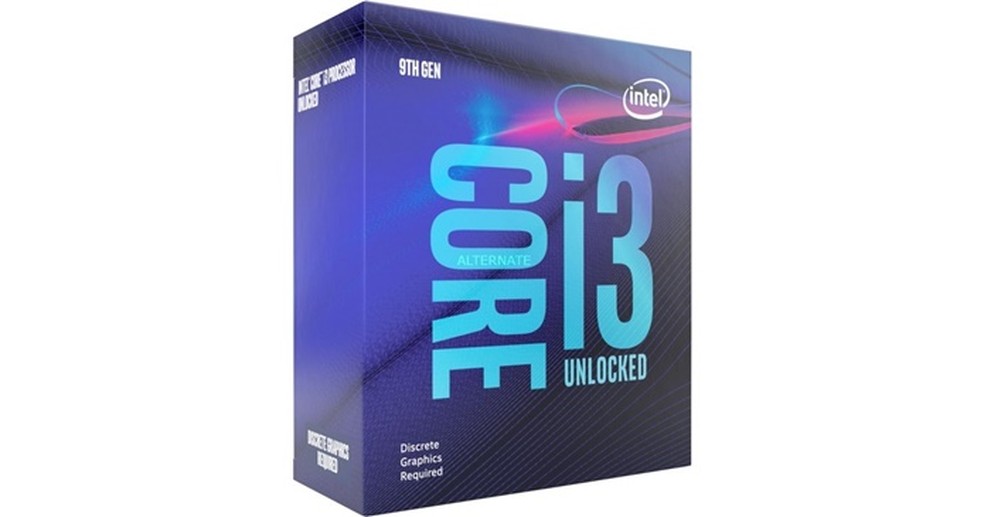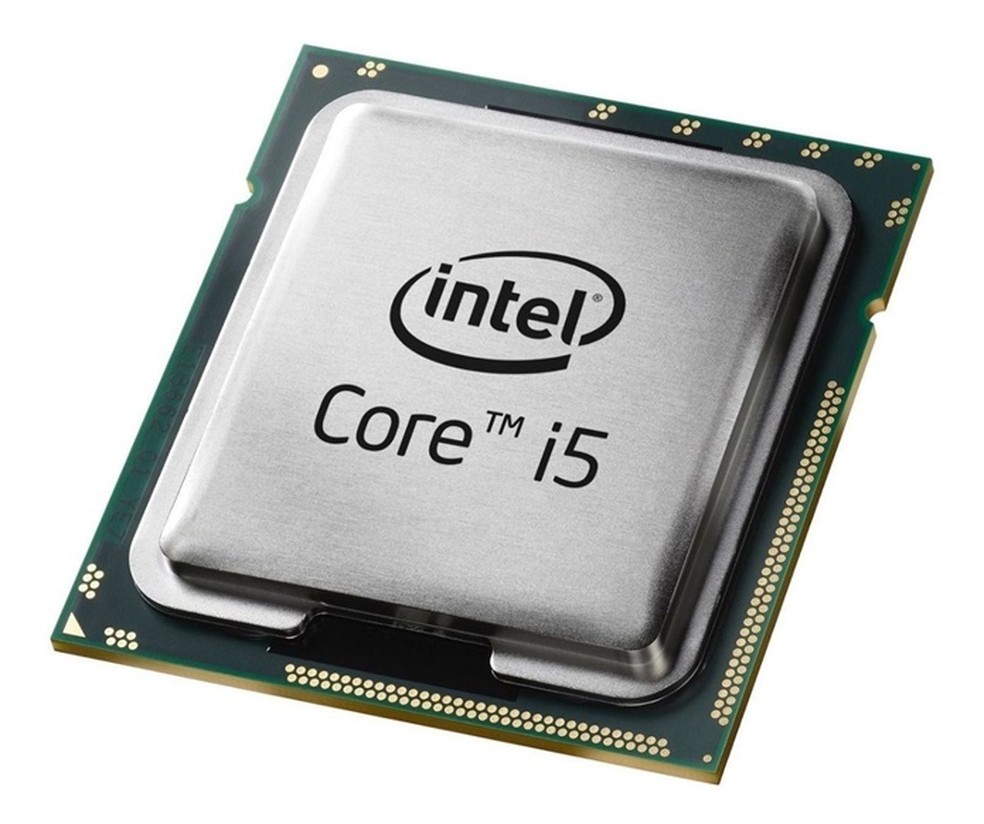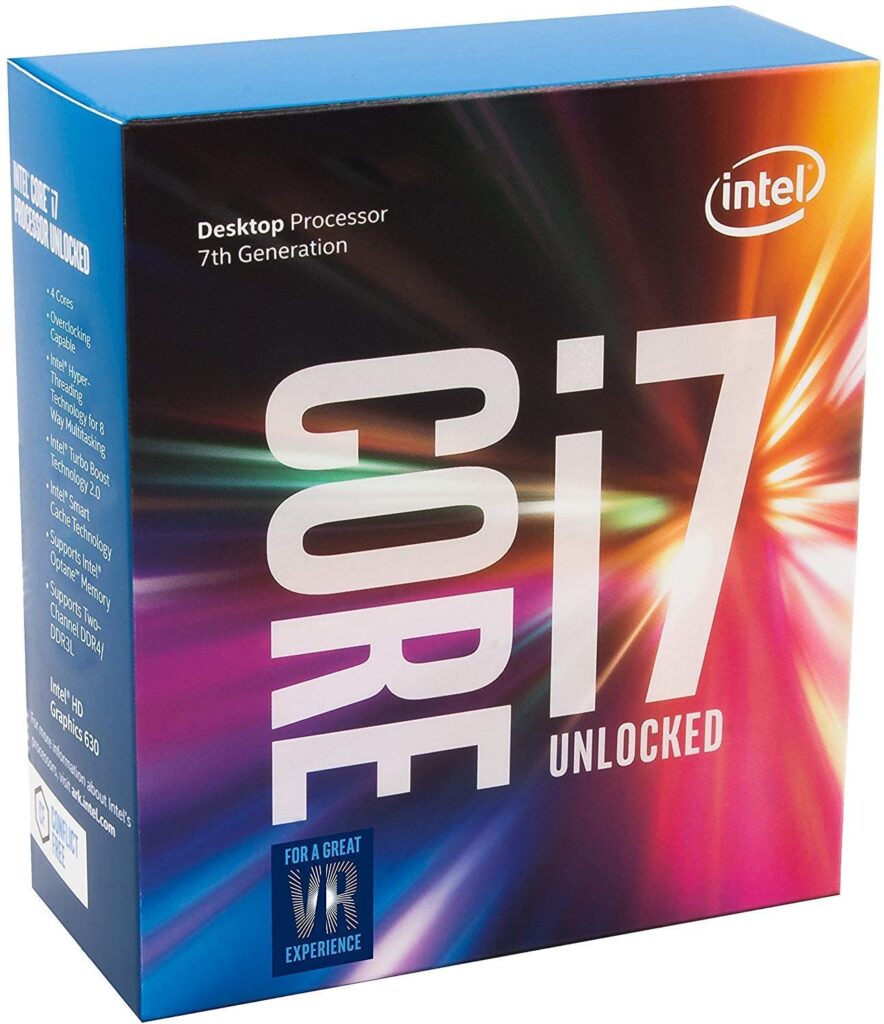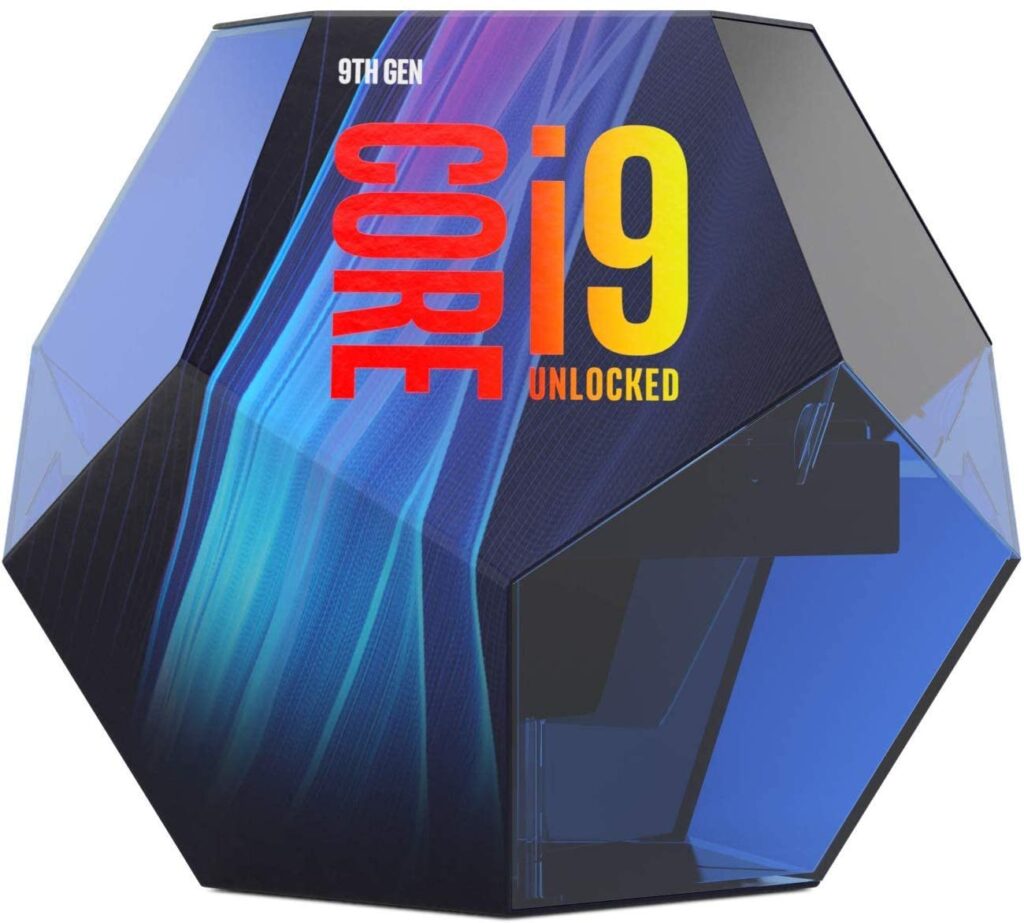Core i3, Core i5, and Core i7 are the main Intel chip options available in the market. Brands such as Samsung, Lenovo, Asus, and Acer offer laptops with different user profiles, which vary according to the hardware – and especially the processor. Also, there are models with Core i9 CPUs, more powerful, and can be useful for running games without crashes or lags.
Despite the recent release of 11th-generation chips, the most present options in the laptop market are the eighth, ninth, and tenth-generation processors, the latter being compatible with Artificial Intelligence and Wi-Fi 6 features. To know which CPU can be more useful to have in a laptop, check the following guide showing the differences between Intel’s lines.
When to buy a Core i3 laptop?

Notebooks equipped with a Core i3 processor are part of the basic devices category on the market. Conventionally, laptops equipped with simpler Core chips are more affordable and become a good option for those who want a device for activities that do not require much data processing.
Despite the imminent similarity between the Core i3 CPUs, some features can differentiate one model from another. The first specification that needs to be analyzed before choosing a CPU is the generation. Currently, the tenth generation of processors is the ideal one, as it is more common and should perform much better than the sixth, seventh, and eighth-generation models.
Another point worth keeping in mind is the TDP. The acronym stands for Thermal Design Power and is used to measure the amount of energy that needs to be dissipated to avoid overheating the computer and thus maintain a good performance in the machine. Traditionally, Intel Core i3 chips present in laptops have a low TDP, since they are more basic devices and do not require as much processing power.
The number of cores also deserves good attention, since there are dual-core options that may not be enough for productivity work. In recent generations, it is more common to see Core i3 chips with four cores.
Even the latest generations of Intel Core chips have features that are also present in the most advanced models such as the Core i7 and i9, offering good cost-effectiveness to users, and it supports Wi-Fi 6, the latest Internet standard on the market.
When to buy a Core i5 laptop?

If you think the Intel Core i3 is not good enough for your usage style, probably the Core i5 should meet your needs. Although not Intel’s most powerful processor, the CPU can stand out if the other notebook specifications are sufficient, such as a good amount of RAM, dedicated SSD, or GPU storage.
The Intel Core i5 is aimed at those who want more performance in multitasking, lighter photo and video editing or even playing lighter games such as League of Legends, Valorant, and Counter-Strike: Global Offensive (CS:GO). This type of use is only possible due to the greater speed that the chip provides and also a greater amount of cores and threads available in the processor, going from four to six cores. However, if you are interested in playing heavier games, the processor will not be enough.
In the market, notebooks equipped with Core i5 are a little more expensive than the more basic devices. However, it may be worth investing in one of these, as the performance will be considerably higher. Regarding the present technologies, the features involving artificial intelligence and CPU performance optimization are further leveraged in the Intel Core i5.
The chip has a larger TDP than the input models and is thus able to process data with more agility and without overheating. According to Intel, features such as Wi-Fi 6 are also available in the latest generations of the processor.
When to buy a Core i7 laptop?

The Intel Core i7, in turn, is already part of the brand’s most advanced options. It boasts high power in performing heavy-duty tasks such as rendering high-quality video and running more current and heavy-duty games. Generally, the notebook with a Core i7 processor comes with a dedicated video card, something interesting for more demanding users.
This is one of the main differences between this processor type, as the Core i3 and Core i5 appear more frequently in laptops that depend on Intel UHD Graphics. The clock of these chips is also usually bigger, as well as the number of cores and threads, responsible for performing the calculations and functions. There are options of four, six, or even eight cores – and double the number of threads.
However, their TDP is larger. Therefore, the power spent by the system will be higher, which should mean less time on the notebook and more hours with the laptop connected to the mains – something common in gaming computers.
The Intel Core i7 processor line of the last generations also ensures that the use of monitors in high resolutions is done more efficiently thanks to Thunderbolt 4 technology and the Intel Iris Plus graphics solution. This way, you can edit videos on several 4K monitors without significant loss of performance. But all this current technology has a price: laptops with Intel Core i7 processors from the latest generations are usually much more expensive.
And the Core i9?

The presence of the Intel Core i9 processor in laptops is not yet so common, but it is found in some gaming laptops. This chip is aimed at users who want even greater performance in their device, whether running games or heavier programs, as it is the most powerful option offered by Intel. Core i9 is more common in the desktop market, as chips demand a lot of energy to run, besides a powerful source that can dissipate all this heat.
As the environment of a laptop is very closed, adding a processor with all this power can be a problem for manufacturers. Concerning the positive points, its use is very recommended for servers thanks to its high processing power and efficiency. According to Intel, this chip is also highly recommended for creating content that involves artificial intelligence, augmented reality, and virtual reality.
This post may contain affiliate links, which means that I may receive a commission if you make a purchase using these links. As an Amazon Associate, I earn from qualifying purchases.

